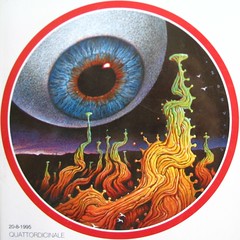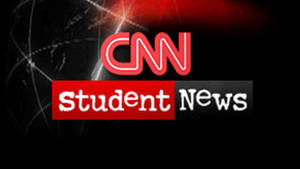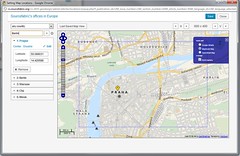Researchers over more than seven decades have found a strong correlation between vocabulary knowledge and academic performance. Although they have used different definitions and different assessment methods, they have achieved wide agreement on the issue: the more words students know, the higher their level of reading comprehension; and the higher their level of reading comprehension, the higher their level of academic achievement.
Which words are important?
When students start learning a foreign language, they need to learn the most high-frequency words in order to begin communicating.
Most high-frequency words in English are Anglo-Saxon in origin: for example, big, little, boy, girl, book, mother, father, see, look, go, jump, sleep, in, on, a, the, then. Even the earliest children's picture books assume an oral understanding of these words. Teachers also use these words to explain academic terms that may be new to all the students in the class. This is a good approach as long as all students understand the basic vocabulary that the teacher is using to give definitions and explanations.
For success in school, students also need to learn many thousands of low-frequency words. These words, mostly derived from Latin, are found in books and in more formal oral discourse,
such as lectures and presentations, teacher talk and documentary video.
They can be classified as follows:
- General academic words – mostly Latin-based words such as observe or accurate. Abstract
nouns such as observation or accuracy become increasingly important.
- Subject-specific words – in common use in a specific subject (e.g., diameter, integer or denominator in Mathematics). These words need to be taught as they arise within the context of the subject. Some subject-specific words are common words that have a special meaning in the subject area (e.g., mass, power, product or volume). Even the word and can have a special meaning in Mathematics (plus).
- Highly specialized, technical or literary vocabulary – almost always explained in context, and
may never be encountered again in a lifetime, depending on the subjects the student chooses to study in the senior grades or in postsecondary education
Now the next question would be: what can teachers in a CLIL context do? Fortunately, direct vocabulary instruction has been proved to strengthen students’ skills in learning words in an impressive way. This should encourage every teacher to develop intentional, direct vocabulary instruction because by doing so he/she will sharpen students’ skills in learning words on their own, increase reading comprehension levels and, consequently, improve their writing skills.
Therefore, on March 27th we will focus our seminar session on some Word-Learning Strategies which will help students become independent word learners.









